NOTE: information in this project is heavily outdated. Please check https://globalmeteornetwork.org/ for more information (station building instructions are on wiki: https://globalmeteornetwork.org/wiki/index.php?title=Build_A_Camera)
You know we could get hit by a rock from space, right? I bet a large rock would do some serious damage though. Help us find them while they are still up there!
Every day hundreds of tons of small interplanetary objects enter Earth’s atmosphere. These tiny fragments can offer us unique view on Solar System formation and evolution. Yet, most of them remain unobserved.
The most common effect that these small objects produce when interacting with Earth’s atmosphere are meteors - better known as shooting stars. If a lot of meteors can be noticed coming from the same spot in the sky during a period of time, we call that event a meteor shower.

Besides offering a good backdrop for summer romances, the most popular meteor shower, the Perseids, are also a very interesting source of information about the Solar System. We know that they originate from the comet Swift-Tuttle. During its many passages close to the Sun it lost a considerable amount of small particles on its trajectory, which the Earth regularly passes through every year in mid-August.
But are there any meteor showers we don’t know from where they originate from, a comet or an asteroid? Can these unknown objects potentially hit Earth? The answer to both of these questions is - yes. Can we do something about it then?
We can observe. We must see what is happening on the sky and in our interplanetary neighbourhood.
With at least 2 of these systems whose cameras are looking at the same volume of the sky, meteor orbits can be calculated. That means you know from which part of the Solar System that meteor came from.
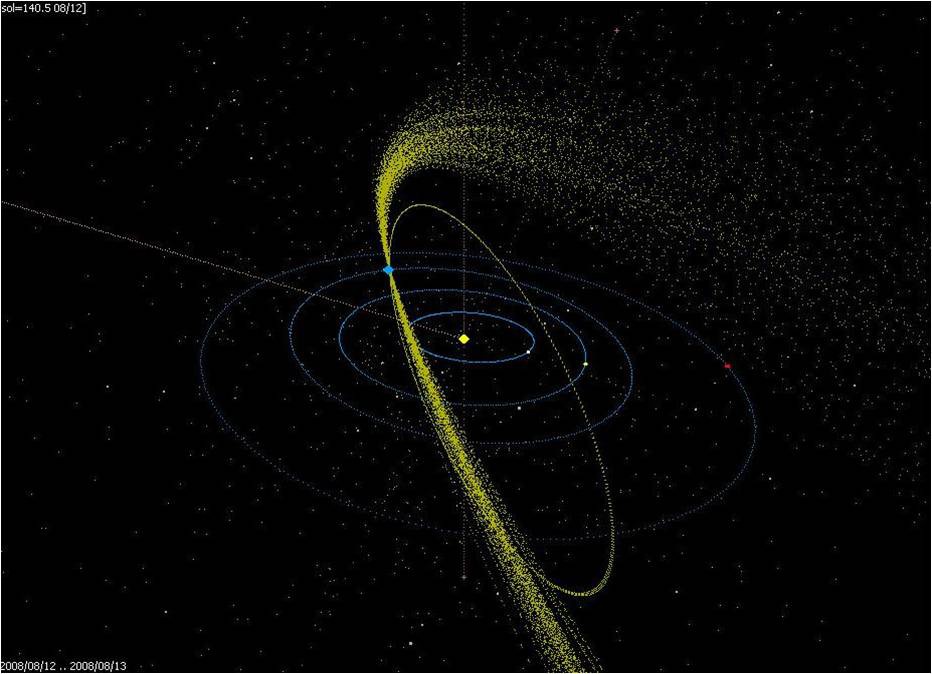
Average meteors are caused by walnut-sized pieces of space rock left behind by a comet or were chipped off an asteroid. Meteors pose not threat to us as they completely “burn” out in the atmosphere, but their orbits can be a very good indicator of something bigger on the way.
Very bright meteors are called “fireballs” and sometimes if the conditions are right, and the piece of rock that entered the Earth’s atmosphere and caused the fireball is big enough, you can recover a fragment of that rock on the ground (also called meteorite).

Most of the meteorites that are found today were not observed as fireballs, meaning we don’t know their orbits, meaning we don’t know where they came from. But if you observe the fall and collect the meteorite, you will hold in your hand a piece of a space rock you know EXACTLY where it came from. No need to send an expensive space probe to collect just a few dust samples.
Now the ugly part - that rock you are holding now had mostly the same orbit as its parent body (a comet or an asteroid). The trouble is that sometimes we have no idea what and where that parent body is, or if it poses any threat to us. That comet could still be somewhere in the Kuiper belt and on a collision course with Earth. Meteor orbits will help us by pointing us where to look for unknown parent bodies.
OK, enough fooling around, we can’t hide the truth. The REAL goal of this project is to save the world. But by doing that, we can maybe learn something about the Solar System on the way!
NOTE: information in this project is heavily outdated. Please check https://globalmeteornetwork.org/ for latest.
 Dario Zubovic
Dario Zubovic
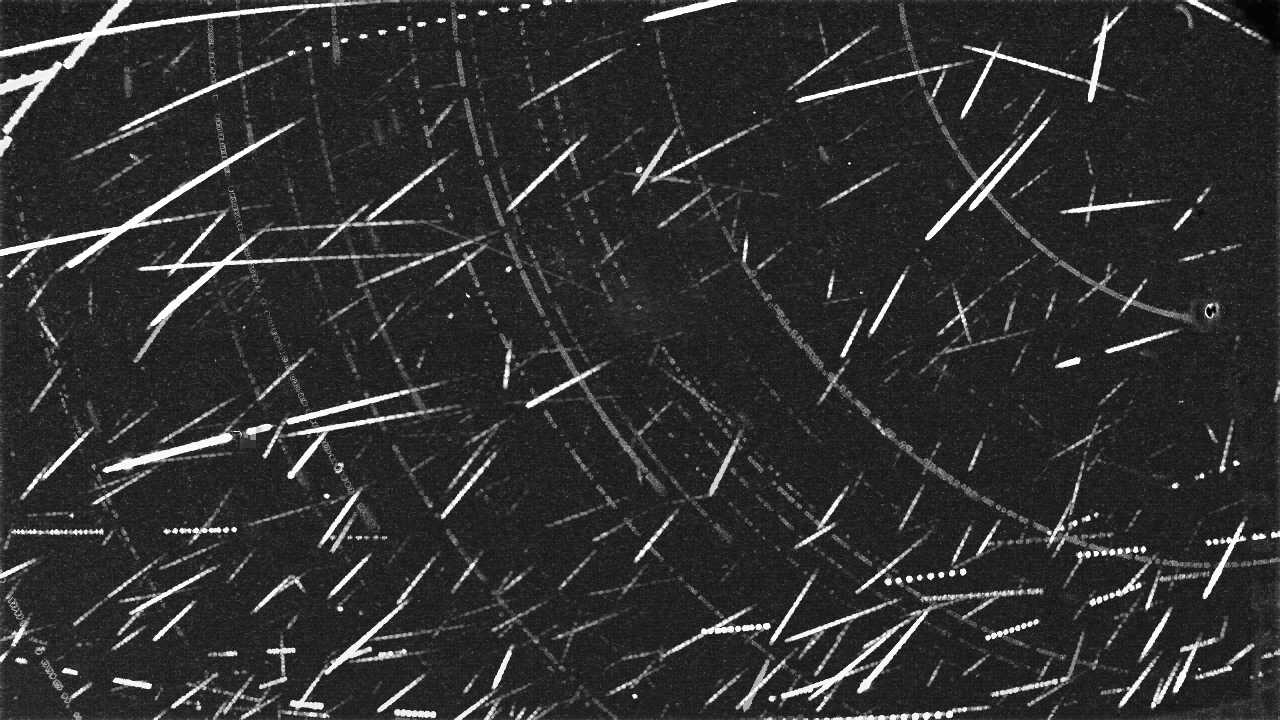
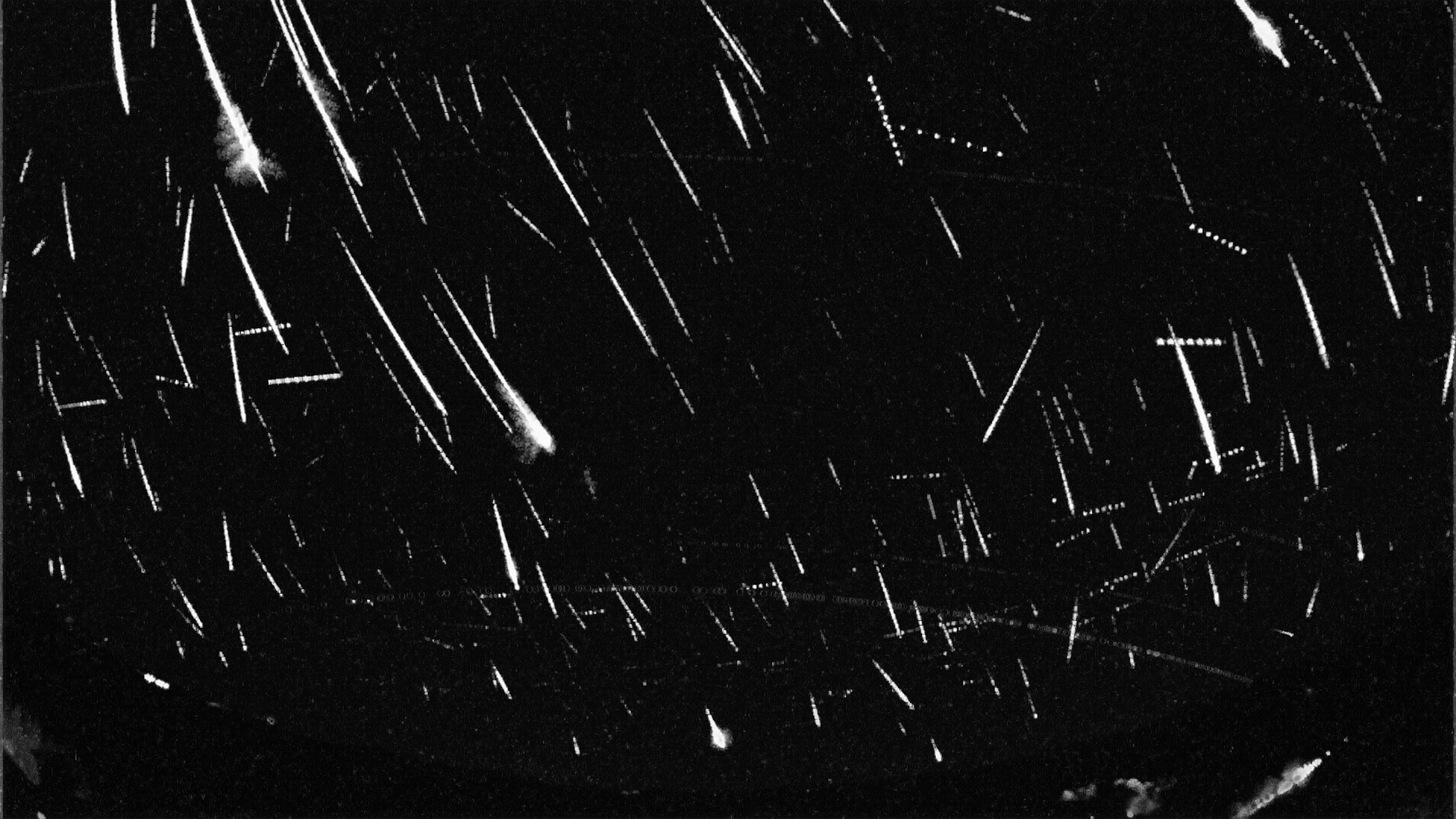

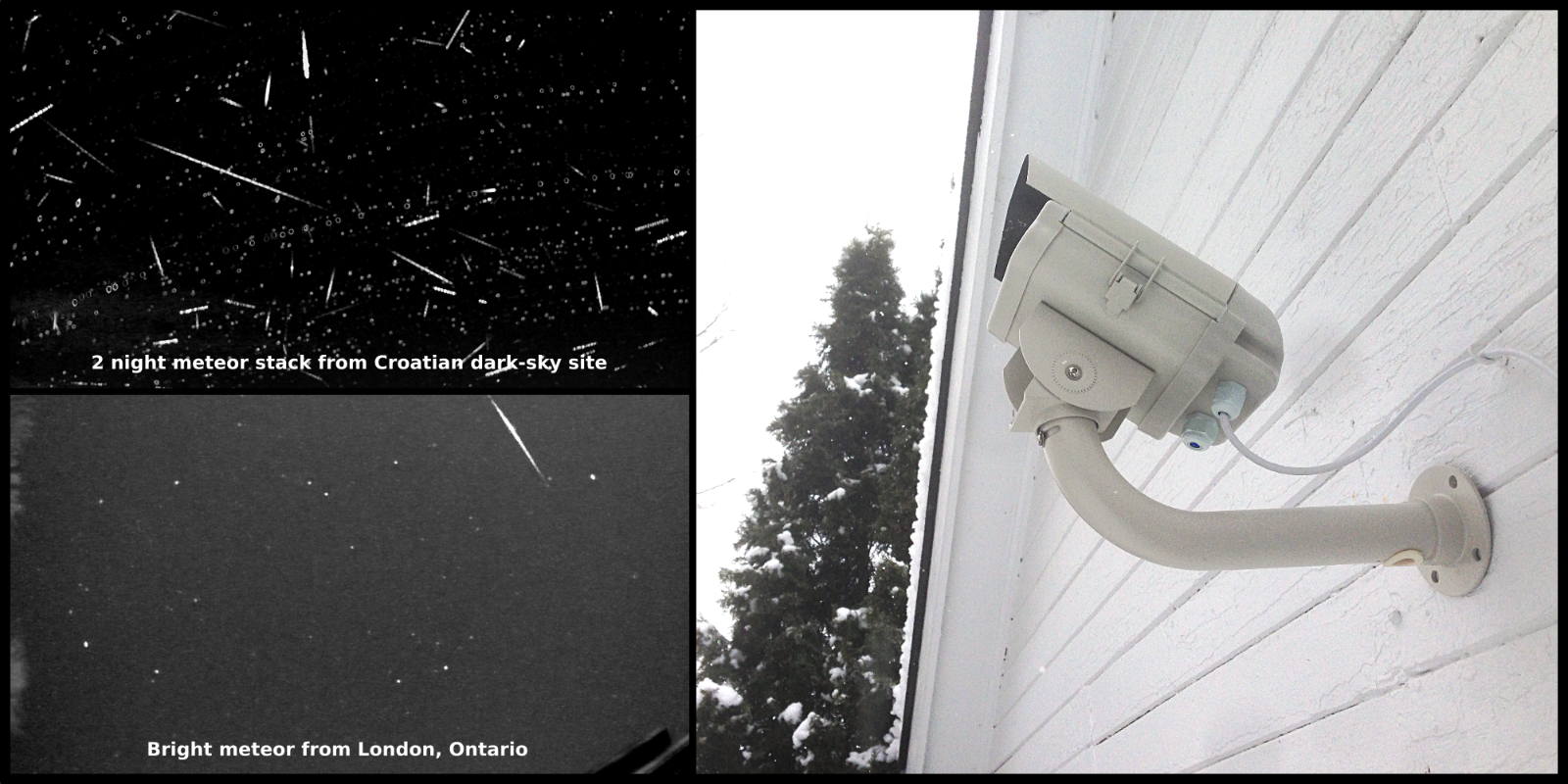


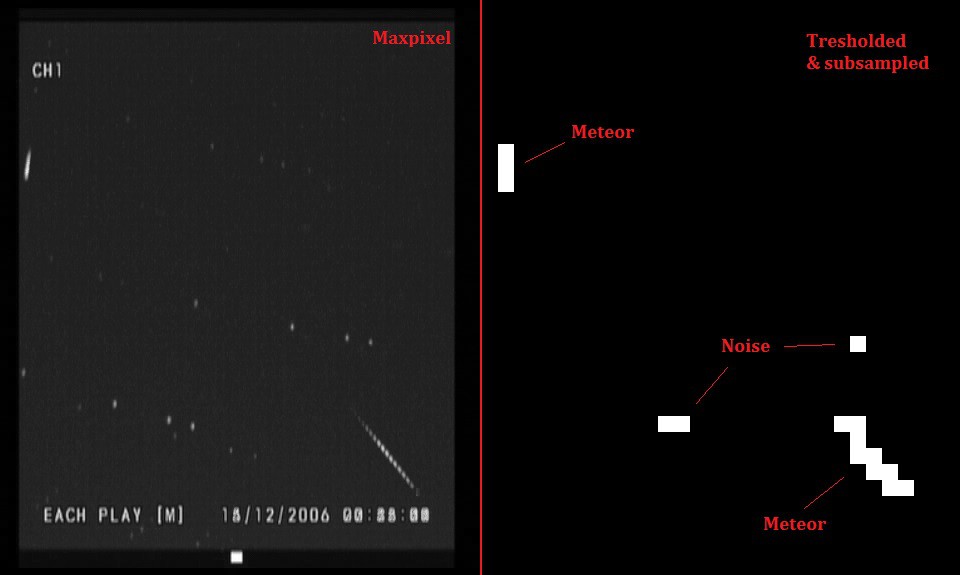
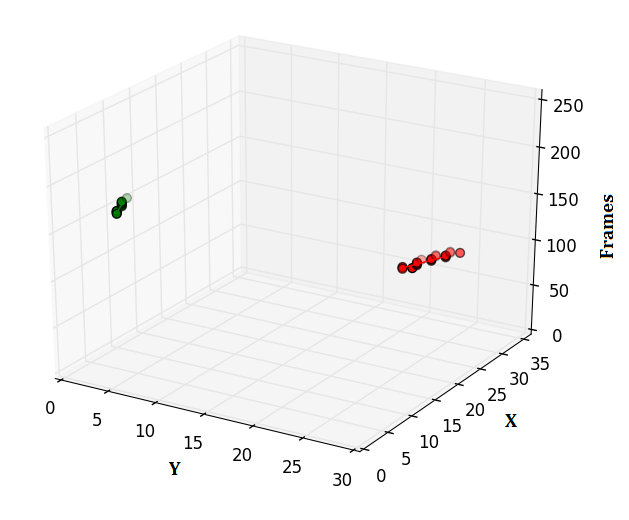


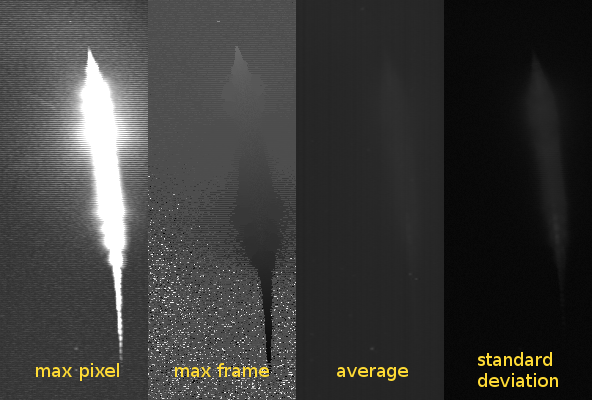

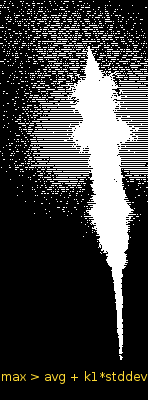
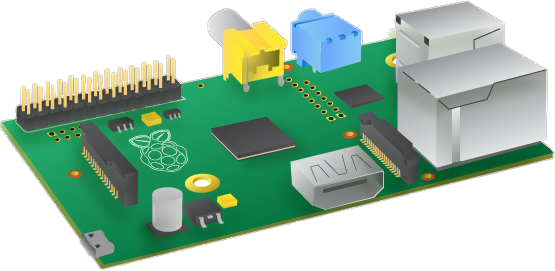
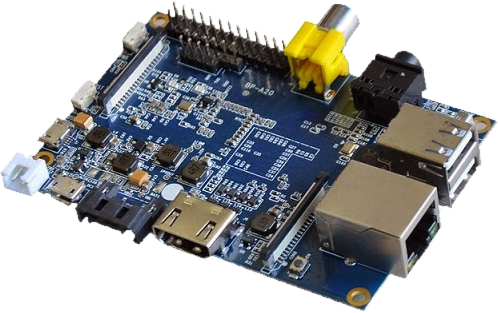
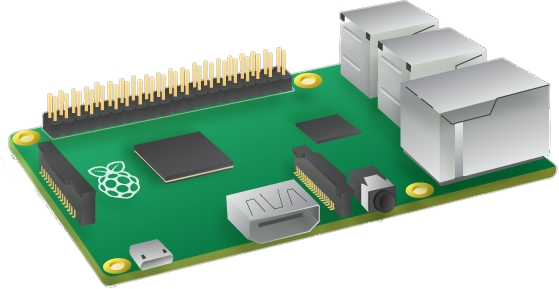
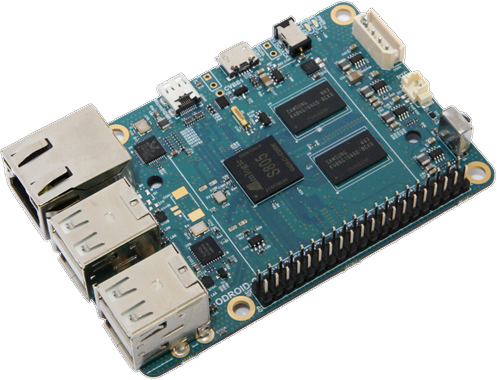
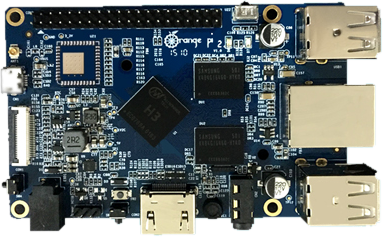
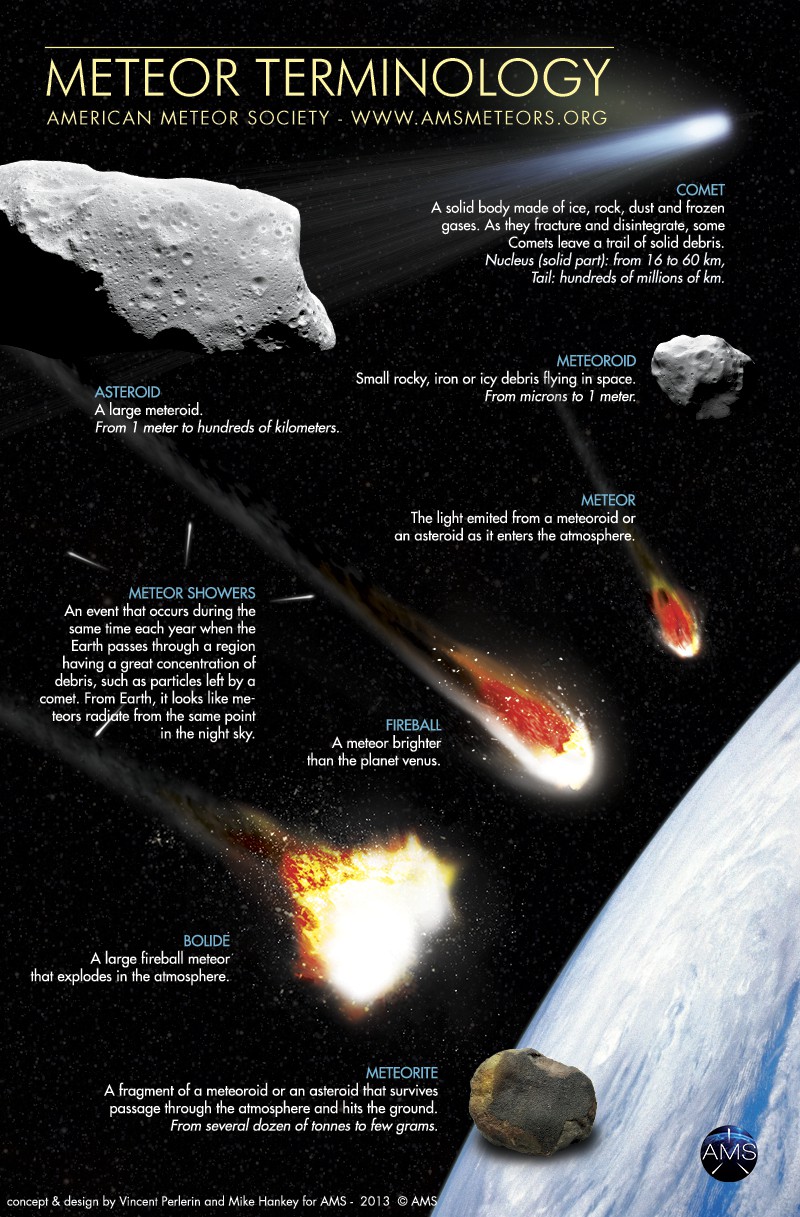
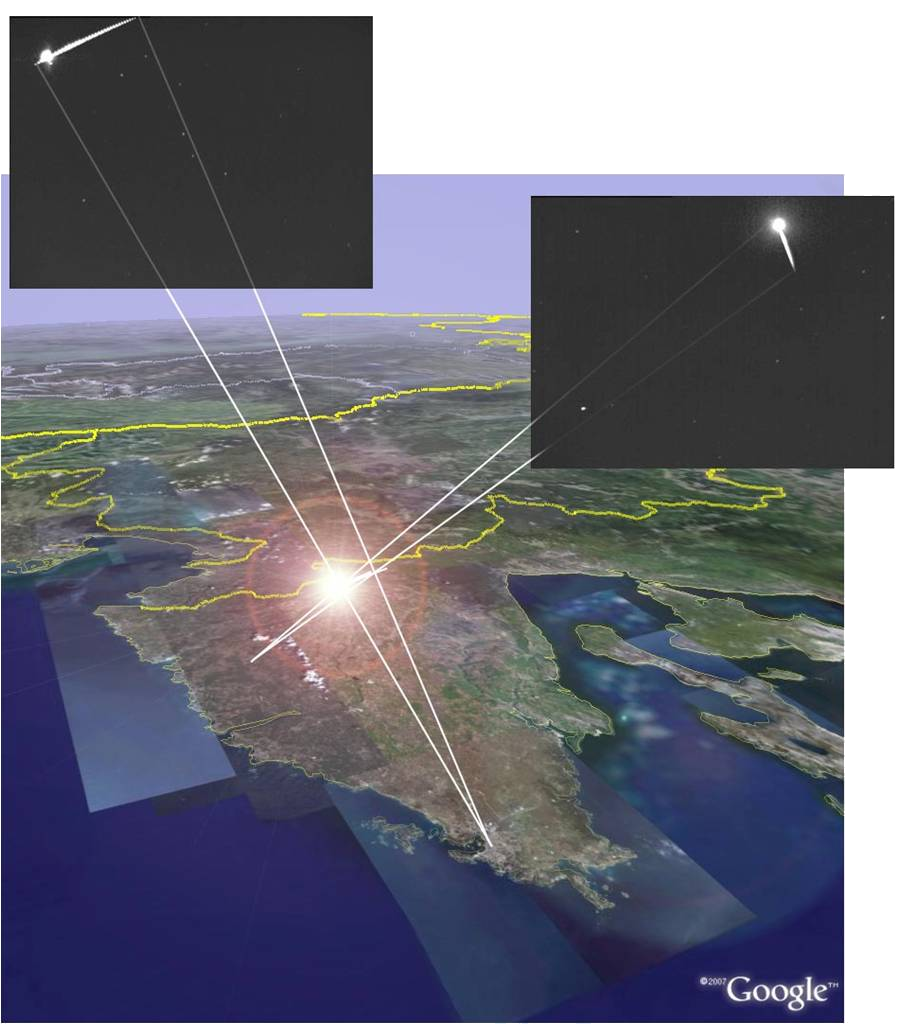

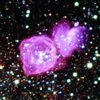










 Dan Schneider
Dan Schneider
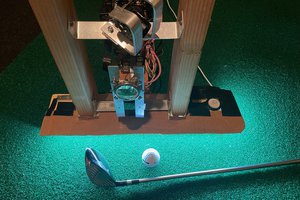
Cool project! I made all sky camera that uses raspberry pi and raspberry pi HQ camera. With Meteotux PI software it works great!